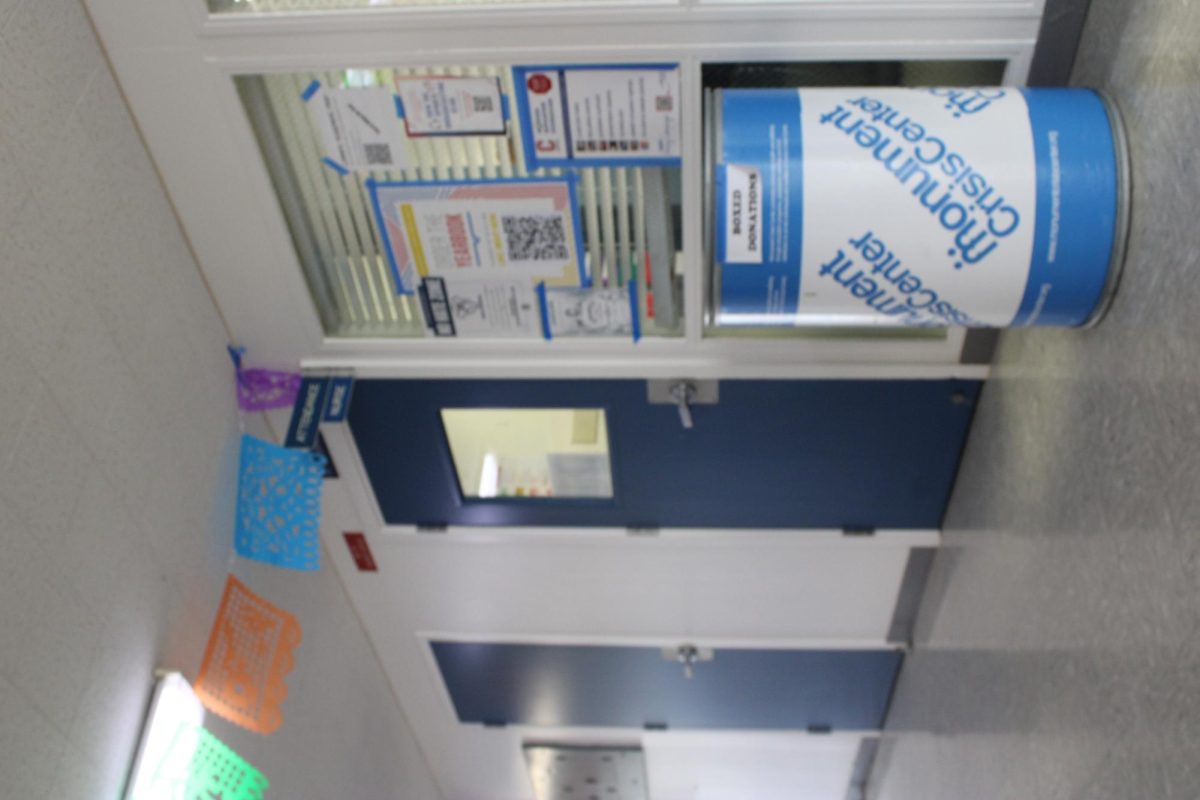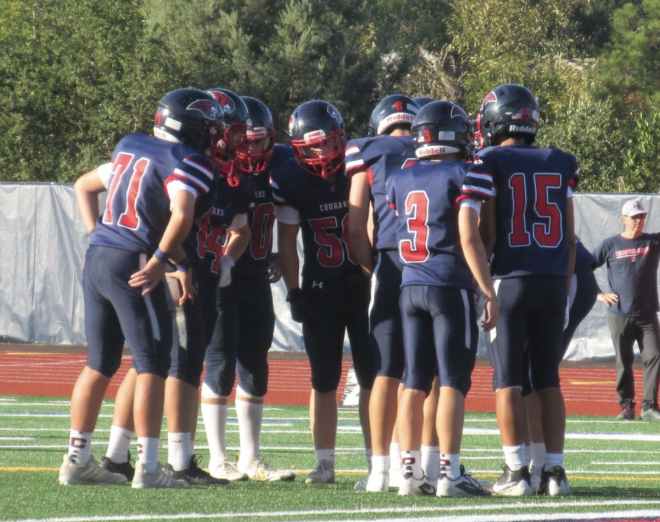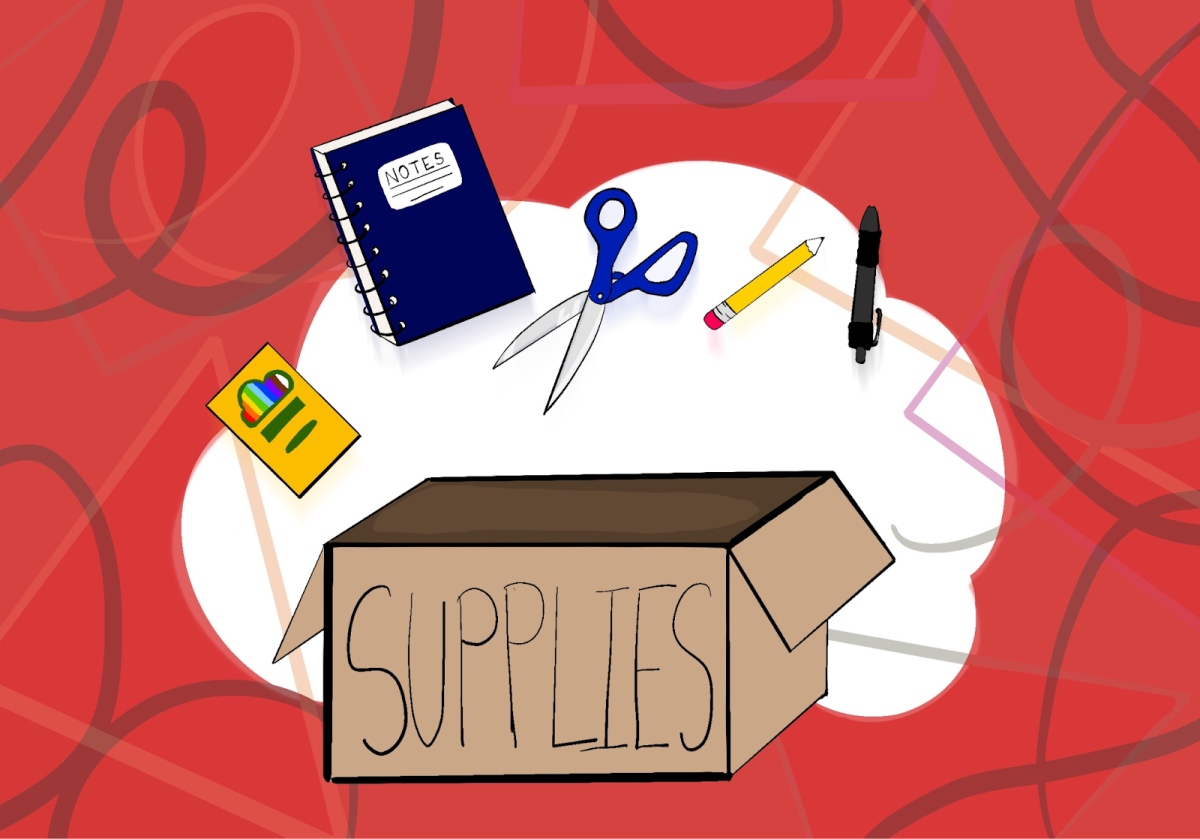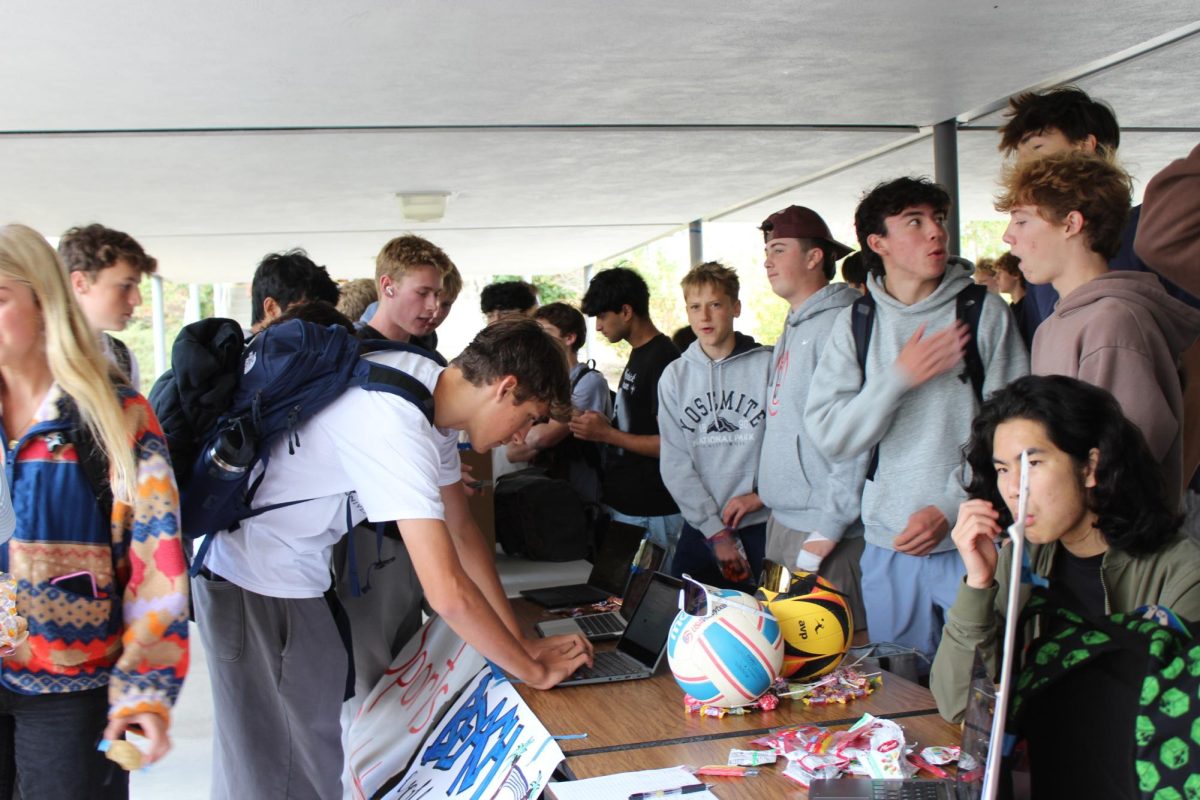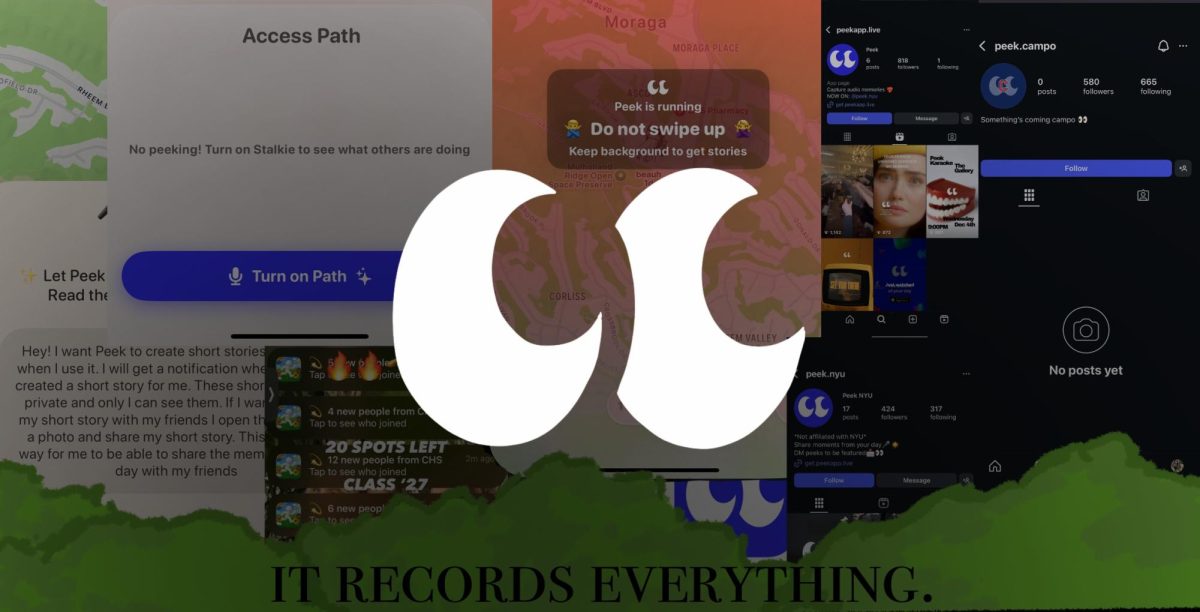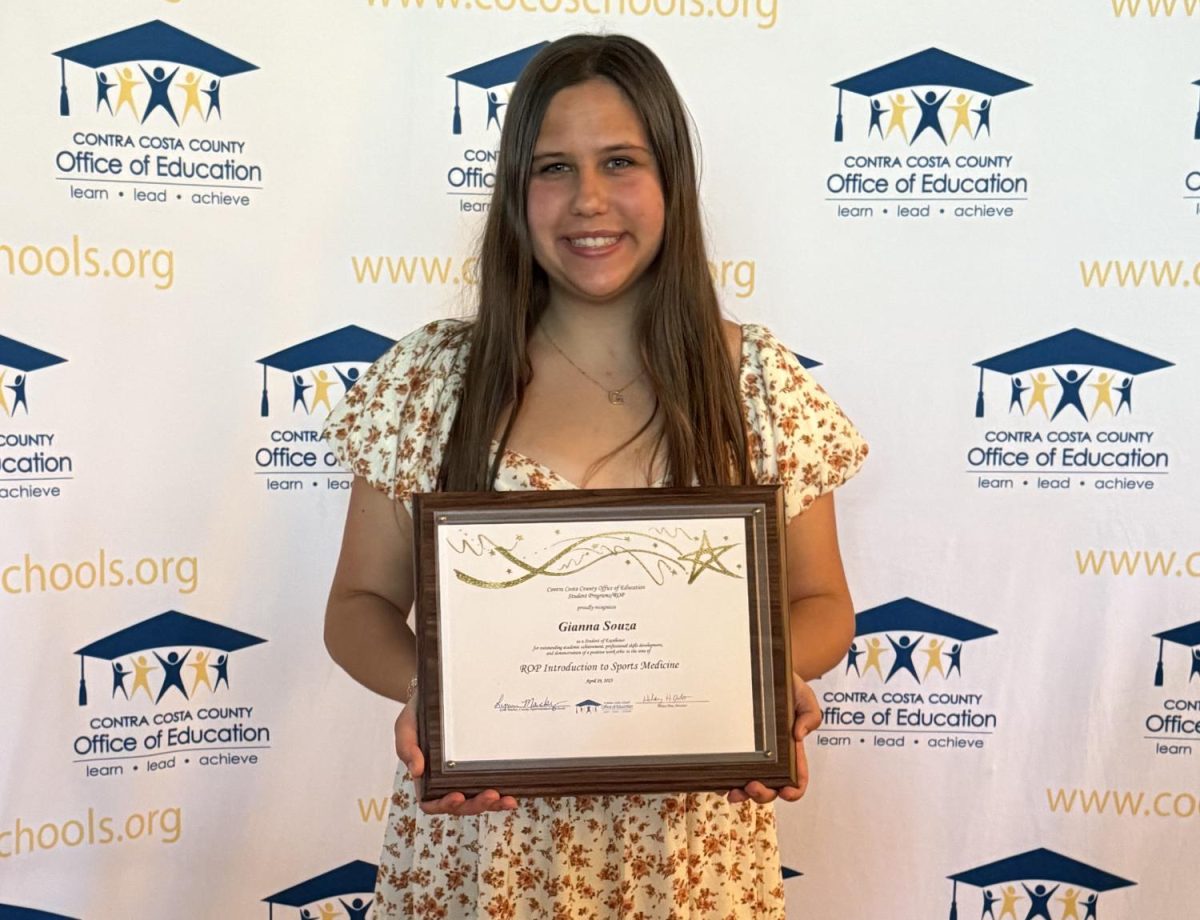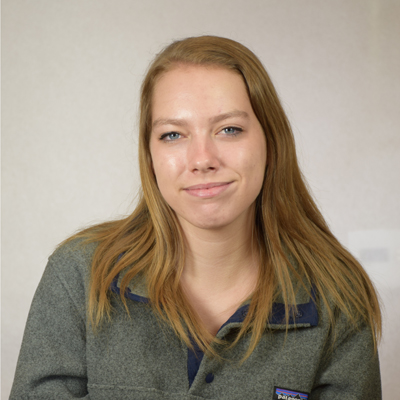Stephanie Verbanszky’s chemistry classes are spending the weeks preceding winter break designing projects based on the chemical reactions in various food groups. This long-term activity was first inspired by the Exploratorium’s “Science of Cooking” website nearly 8 years ago.
Verbansky introduced the assignment in late October. She urged students to visit the museum’s website and choose two topics to explore. “You have to research the process behind how your food is made, so for example if you’re baking you have to look into how the molecular structure changes, or like if you’re making bread you have to look at how the dough rises and why it happens,” said sophomore Lilly Partovi.
Students were assigned a focus topic, either eggs, pickling, candy, bread, or meat, but Verbanszky said that the project is mainly self directed. “They, within their topic, can choose anything that they want to cook and anything that they want to explore further of the topics, and then they also do like a little activity and can choose whatever they want,” said Verbanszky.
Students then choose a particular dish to make. “For instance my group is doing candy and we’re going to make fudge, and we have to write a paper about the chemical process of making fudge and then we have to do a couple of other activities,” explained sophomore Lindsay Easter.
According to sophomore Lauren Williams, the activity is intended to enlighten students about the chemical reactions that occur in the foods they eat every day. “We have to research the science of cooking. My topic is eggs, and then we have to have two reports on the topic, so for mine I’m doing salmonella and also hormones in eggs,” she said.
As well as creating 2 reports, students are also expected to do 2 hands-on activities. “We’re making chocolate chip cookies and in class we’re going to have the class scramble eggs with the Bunsen burners,” said Williams. “We started to do the two reports, we’re not completely done with those, and then we’ll make the cookies on Sunday the 14th, and then we’ll do the Bunsen burner activity on Monday.”
Partovi was assigned to research candy with her partner, sophomore Sydni Gordon, and decided to make fudge. “You also get to do a side project that’s more scientific to explain the process behind something. We’re doing why marshmallows, when you put them in the microwave, they harden on the inside and soften on the outside, like reverse s’mores,” Partovi explained.
After working independently for over a month, students will present their projects the week before winter break. “Not only do we have to make the food and bring it in for the entire class, we have to also talk a little bit about our food and how it happens,” Partovi said.
“Our little side activity is we’re putting gummy worms in water, and because of the gelatin in it — I don’t know the science of it yet, we’re looking it up — they expand to like twice the size,” said Easter. “We get to choose one part of our project to explain so we’re going to do the gummy worm thing, we’re going to like bring in pictures and talk about the science behind it. We’re probably going to give out fudge.”
“It’s kind of a side project. I mean, it has a lot of applications to different chapters, but it doesn’t really relate directly,” Verbanszky said.
Verbanszky chooses to assign the project before winter break each year for several reasons. “It’s like a cumulative thing at the end of the semester because so many of the things they’ll be researching independently relate to the topics we’ve talked about,” she said. “If they have meat and they learn about something called the Mallard Reaction, which is between protein and carbohydrates, it would relate to how they talk about chemical reactions.”
Although students will be given a 30-point quiz after the presentations, the project is also intended to give students a break from the testing clamor. “She just wanted to have something easy just before the break, so we wouldn’t be cramming in a ton of studying right before the break,” explained Williams. “I think it’s a really good idea and it’s really fun so far, and it’s going to be nice not to have huge tests right before the winter break starts, we can just do this project instead.”
While the project was assigned about 6 weeks ago, many students have yet to start it. “I haven’t started it yet,” admitted Easter, who is partners with sophomore Maria Wong.
“We got assigned it a long time ago because when you’re working with a partner it’s kind of hard to coordinate sometimes,” said Partovi, who plans to make her fudge in the upcoming weeks.
Verbanszky has high hopes for the presentations, expecting that the projects will be neither wholly informative nor entertaining, but “a little bit of both; obviously every time there’s a range of how much effort students put into it, but I’ve had students in the past put a lot of effort into it, which is really fun for us.”
“It makes it easier to learn things. With the eggs, for example, students can do a chemical reaction where they dissolve the eggshell and depending how much they go into it. We also learn a lot of chemistry too,” Verbanszky added.

